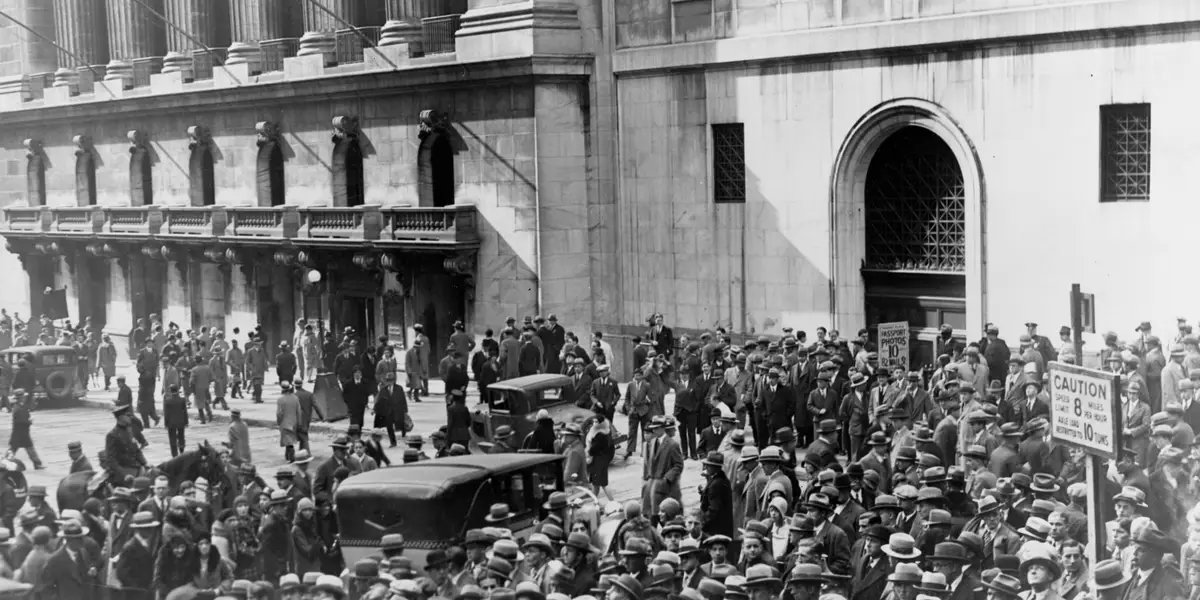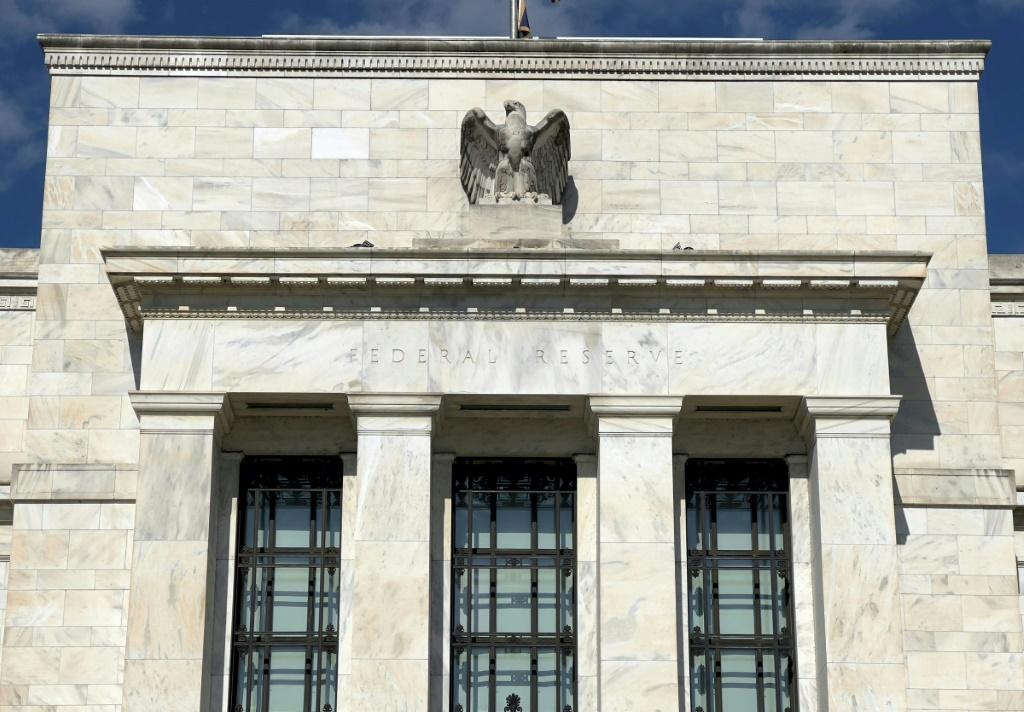Copyright Business Insider

Women weren't allowed on the NYSE floor until 1943, during World War II, when there was a shortage of workers. The first women to work on the floor were "quote girls" and "carrier pages." The New York Times wrote a story about it at the time. "It is impossible to ignore that this was a world shaped almost entirely by men," Sorkin writes about the early 20th century, leading up to the crash. "Women were neither welcomed on the trading floor nor permitted to shape its rules," he added. Today, women lead the entire exchange. The NYSE has had two women presidents since 2018: Stacey Cunningham and its current president, Lynn Martin. OK, they weren't actors as famous as Jeremy Renner and Robert Downey Jr. But, really, it was perfectly legal to pay people posing as traders. "In the book, you'll see there's a guy named Mike Meehan who's the specialist on the floor for RCA. He used to run these effectively insider trading rings where he would get a bunch of wealthy guys together and say, 'We're going to paint the tape, we're going to put some stories out saying the stock is going to go up,'" Sorkin told Business Insider. He continued: "And then you would literally have the equivalent of almost like actors on the floor of the exchange saying, 'I'm buying for 120, I'm buying for 140,' and they all knew exactly how high it was going to go, and then they knew when they were going to pull the rug." No, there weren't Robinhood or Schwab mobile apps back then. Many people would buy stocks in person. This meant that there were physical brokerage locations sprinkled throughout New York City. "Prohibition was happening, so all the bars were closed, and the national pastime had become speculating, and there were literally brokerages on the corners of streets like they're a Starbucks now," Sorkin said. Today, retail investors can trade on margin within reason. One guardrail is that if you want to borrow money to buy stocks, you need to have at least 50% of the purchase amount deposited in your account. In 1929, people would regularly trade on 10x margin. "By the thousands, middle class Americans opened margin accounts, putting up 10 or 20 percent of a stock purchase and borrowing the rest," Sorkin writes in the book. "When the market went up, the returns felt like free money." Markets were also much less transparent than they are today, as public companies did not have to issue financial statements like prospectuses and 10-Ks. "Somebody said to me the other day, 'So did you ever get to, when you were doing your research, did you ever read the prospectuses of these stocks?" Sorkin told BI. "I said, 'Prospectuses? They were like leaflets, if there was anything, that they would hand out on the street, literally." All of this sounds pretty shocking until you realize there was no Securities and Exchange Commission yet. That would come after the crash, with the top dog financial regulator established in 1934. The government agency is tasked with ensuring a fair market, protecting investors, and going after financial criminals. "There were no rules," Sorkin said. Evangeline Adams had become a well-known stock-market astrologer, putting out a newsletter that supposedly had 100,000 subscribers, Sorkin says in "1929." Adams would also give personalized stock recommendation sections for a fee of $50. "Even J. Piermont Morgan was said to have consulted her for advice," Sorkin writes. OK, maybe this isn't all that hard to imagine — there's got to be a TikTok account out there doing something similar.



